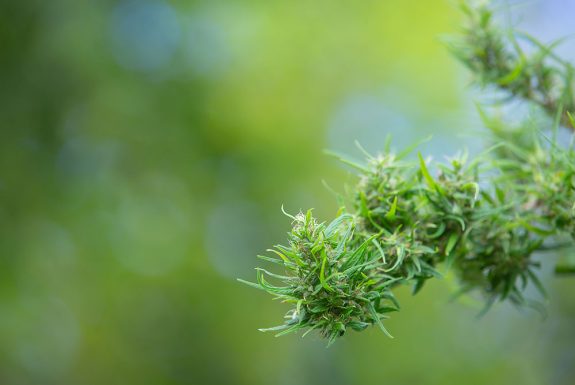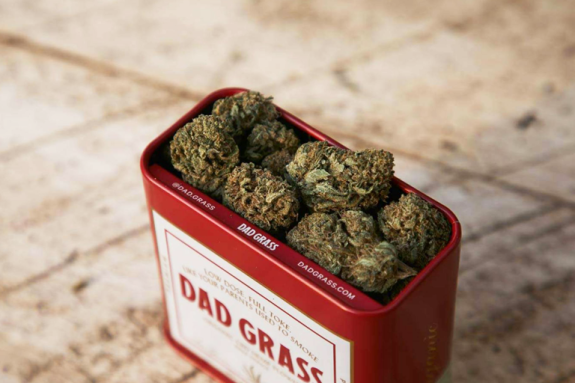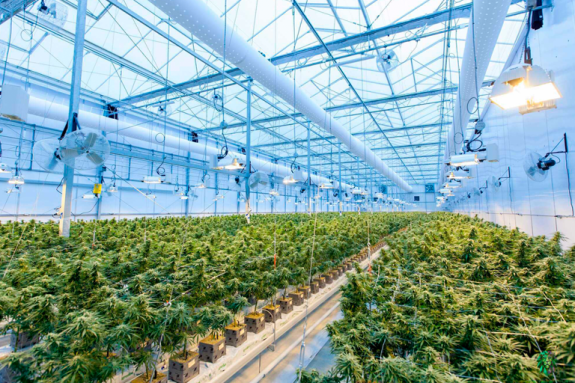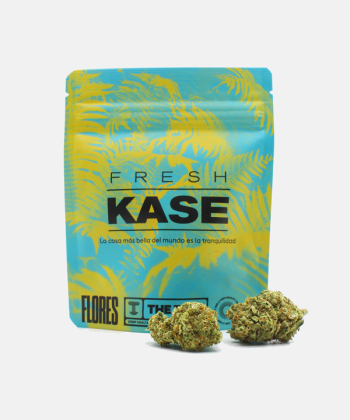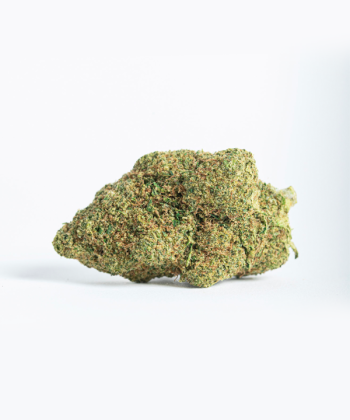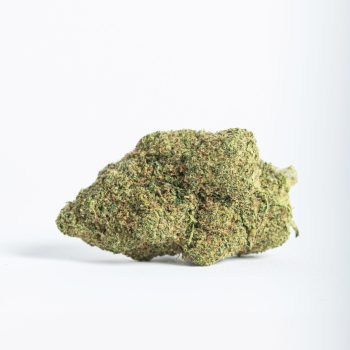Cannabis is a fascinating and versatile plant, known for its many recreational and industrial uses. However, its cultivation can present challenges, especially when one of the plants is found to be a hermaphrodite.
Hermaphroditism refers to the simultaneous presence of male and female flowers on the same plant. This condition can complicate the cultivation process and affect the quality of the final product.
For commercial or personal growers, it is essential to understand what hermaphrodite marijuana is and how to identify it. In this article, we will explore the causes of hermaphroditism, how to recognise a hermaphrodite plant, and what steps can be taken to manage this situation. In addition, we will provide practical tips on how to avoid the appearance of hermaphrodite plants, thus ensuring a healthy and productive harvest.
Plants can be male, female or hermaphrodite.
Plants have a specific sex, and can be dioecious and have either male or female sexual organs. They can also be monoecious when both sexes are present in the same specimen. Although this is generally species-specific, in the case of cannabis, there can be both dioecious and monoecious plants.
When growing marijuana, it is essential to understand the differences between male, female and hermaphrodite plants, as each type has a significant impact on the growing process and the quality of the final product. Here we break down the characteristics of each:
- Male plants: are essential for reproduction, because they produce the pollen needed to fertilise the female flowers. However, in cannabis cultivation for bud production purposes, male plants are not wanted. This is because when their pollen fertilises the female flowers, the female flowers start producing seeds instead of cannabinoid-rich buds, which decreases the quality of the product.
- Female plants: these are the most valued in marijuana cultivation, especially for the production of flowers rich in cannabinoids such as CBD. Female plants develop flowers with abundant resin, known as buds, which contain high concentrations of cannabinoids. To obtain a high quality product, it is crucial to avoid pollination, allowing female flowers to reach their full potential without producing seeds.
- Hermaphrodite plants: Both male and female flowers are present on the same plant. This phenomenon may occur due to genetic or environmental factors, such as stress. Such plants can be problematic for several reasons, as they can pollinate themselves, which leads to seed production and reduces the quality of the buds. Furthermore, identifying and managing them is crucial to avoid unwanted pollination in a crop, thus protecting the female plants and ensuring a high quality harvest.
How to identify each type of plant
The different types of plants can be easily identified by the morphology of their flowers. Firstly, the males are characterised by their pollen sacs, which are small and round, usually grouped in clusters. These, when open, have the typical shape of a flower with approximately five petals.
Females, on the other hand, form resinous flowers with white pistils emerging from the calyxes, i.e. buds. Finally, hermaphrodite plants can vary in degree of hermaphroditism, being difficult to detect in some cases, such as when most of their flowers are female, but they develop some male sexual appendage. Although, basically, as we have already explained in previous paragraphs, they are characterised by having both types of flowers.
What is hermaphroditism due to?
Hermaphroditism in cannabis plants is a phenomenon that can be caused by a combination of genetic and environmental factors. Understanding the underlying causes is essential to prevent and manage this problem in cannabis cultivation. Below, we explore the main reasons why a plant can become hermaphroditic.
- Genetic factors: Some plants are more genetically predisposed to hermaphroditism. This may be the result of a history of selective breeding where hermaphrodite traits were not completely eliminated. Plants with an unstable genetic inheritance may develop both male and female flowers, especially when under stress.
- Environmental stress: This is one of the main triggers for hermaphroditism in marijuana plants. Several unfavourable conditions can induce a plant to produce flowers of both sexes in an attempt to self-pollinate and ensure the survival of the species. Common stress factors include:
- Light changes: interruptions in the light cycle, such as light exposures during the dark period, can cause significant stress.
- Temperature extremes: both excessive heat and intense cold can stress plants, inducing hermaphroditism.
- Inadequate humidity: Humidity levels outside the optimal range can affect plant health and trigger hermaphroditism.
- Nutritional problems: nutrient deficiencies or excesses can alter the hormonal balance of the plant, leading it to develop hermaphrodite characteristics.
- Physical damage: Injuries to the plant caused by improper pruning, pests or diseases can induce hermaphroditism as a survival mechanism.
To minimise the risk of hermaphroditism, growers should focus on maintaining a stable and suitable growing environment, avoiding the listed factors. By taking preventive measures and maintaining an optimal growing environment, the risk of hermaphroditism can be significantly minimised.

